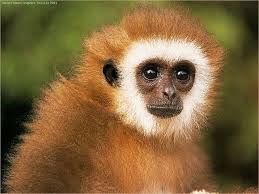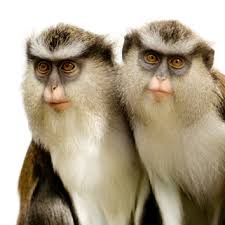My Website on Monkeys
monkeys
- The origins of the word "monkey" are unclear. It could come from Moneke, the name of the son of Martin the Ape in a medieval animal story. It appears also to be related to manikin, from the Dutch manneken ("little man").
- Monkeys make up two of the three groups of simian primates, Old World monkeys and New World monkeys. The other group is the apes.
- A monkey is any primate that is not a human, prosimian, or ape.
- Long-tailed Macaques
- Monkeys have tails, but apes do not
- Monkeys are most easily distinguished from apes by their tails. Apes have no tails.
- Apes and spider monkeys swing arm-to-arm in trees, but most monkeys don’t. Instead, they run across branches.
- Monkeys use vocalizations, facial expressions, and body movements to communicate.

monkeys

- Monkeys use vocalizations, facial expressions, and body movements to communicate. Grinning or pulling the lip is a sign of aggression in monkeys, along with yawning, head bobbing, and jerking the head and shoulders forward
- Monkeys express affection and make peace with others by grooming each other. A group of monkeys is called a "troop."
- Monkeys live in trees, grasslands, mountains, forests, and on high plains
- Monkeys are seriously threatened by habitat loss--especially those that live in tropical forests, a habitat that is quickly disappearing
- The Pygmy Marmoset is the world’s smallest monkey. It measures 117-159 millimeters (four and a half to six inches) in length and weighs 85 to 140 grams (three to five ounces)
monkeys

There are currently 264 known monkey species. Monkeys can be divided into two groups, Old World monkeys that live in Africa and Asia, and New World monkeys that live in South America. A baboon is an example of an Old World monkey, while a marmoset is an example of a New World monkey. Apes are not monkeys. Some monkeys live on the ground, while others live in trees.